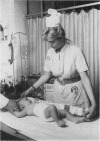Abstract
A tape measure, based on 50th centile weight for height and designed to permit easy drug dosage calculation, endotracheal tube size and DC cardioversion current dosages in childrens' emergencies, was tested for reliability by medical and nursing staff with varying paediatric experience. We found that the tape measure gave a reproducible estimate of weight and suggest that its use would facilitate decision making by inexperienced medical and nursing staff in paediatric resuscitation when there is no time to weigh the child.
Full text
PDF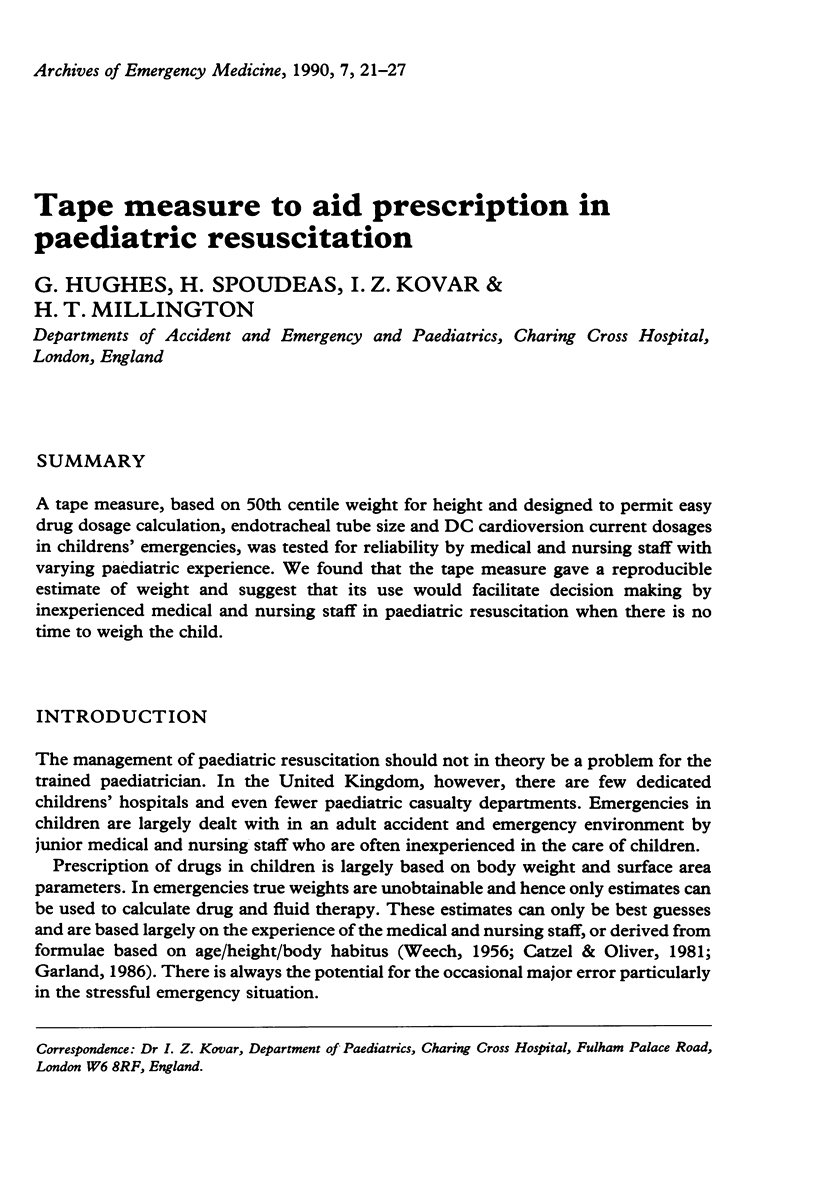
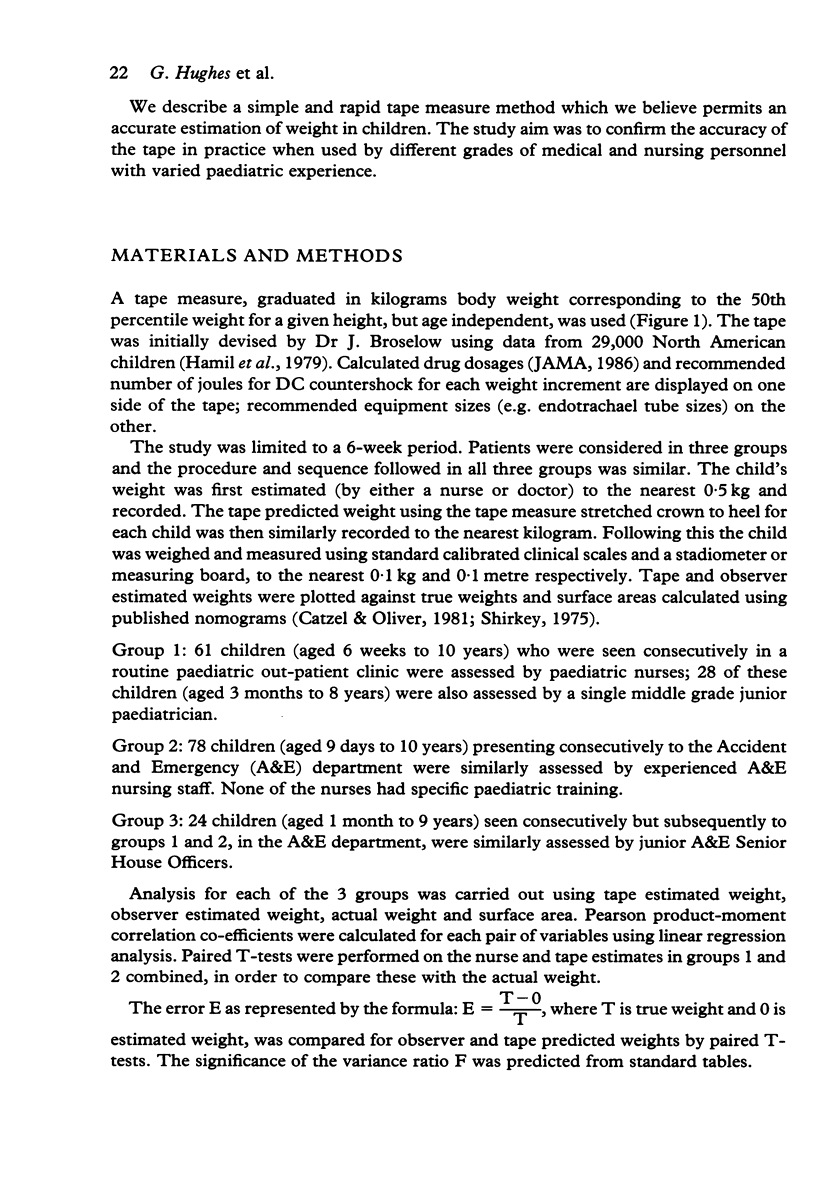
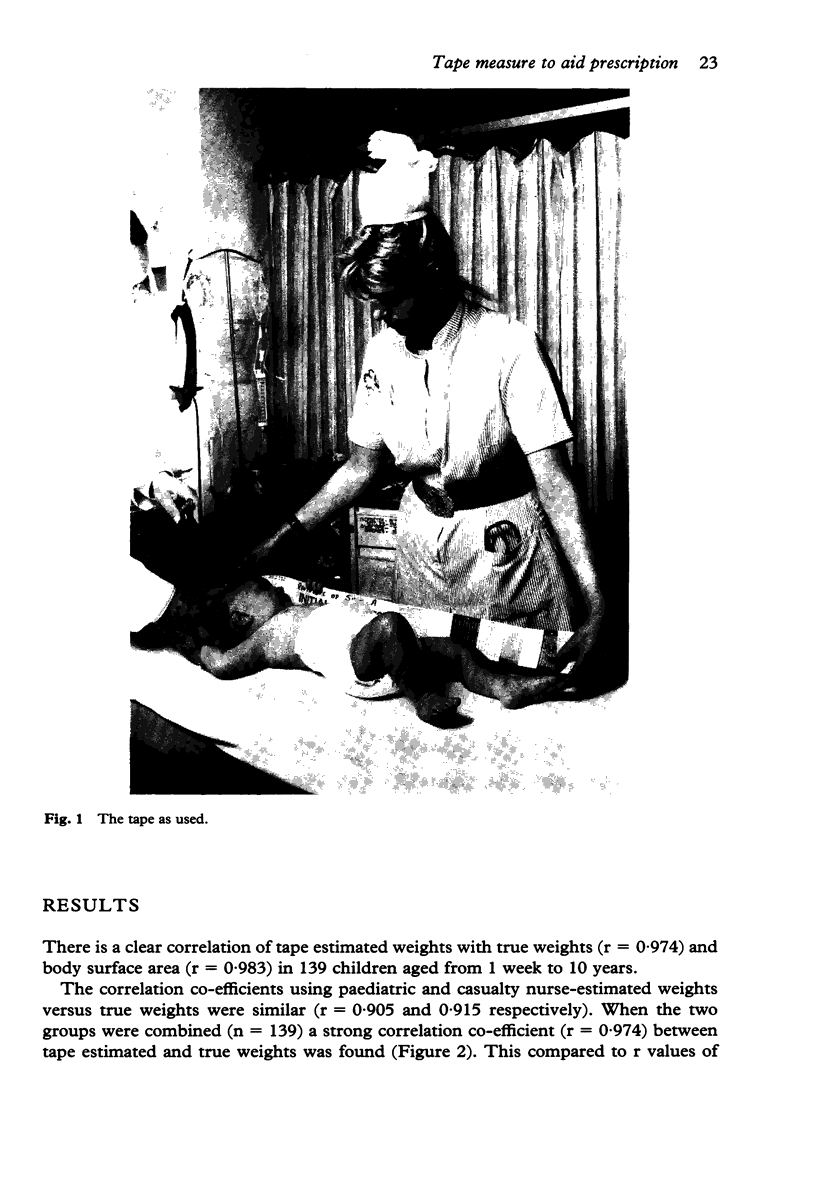
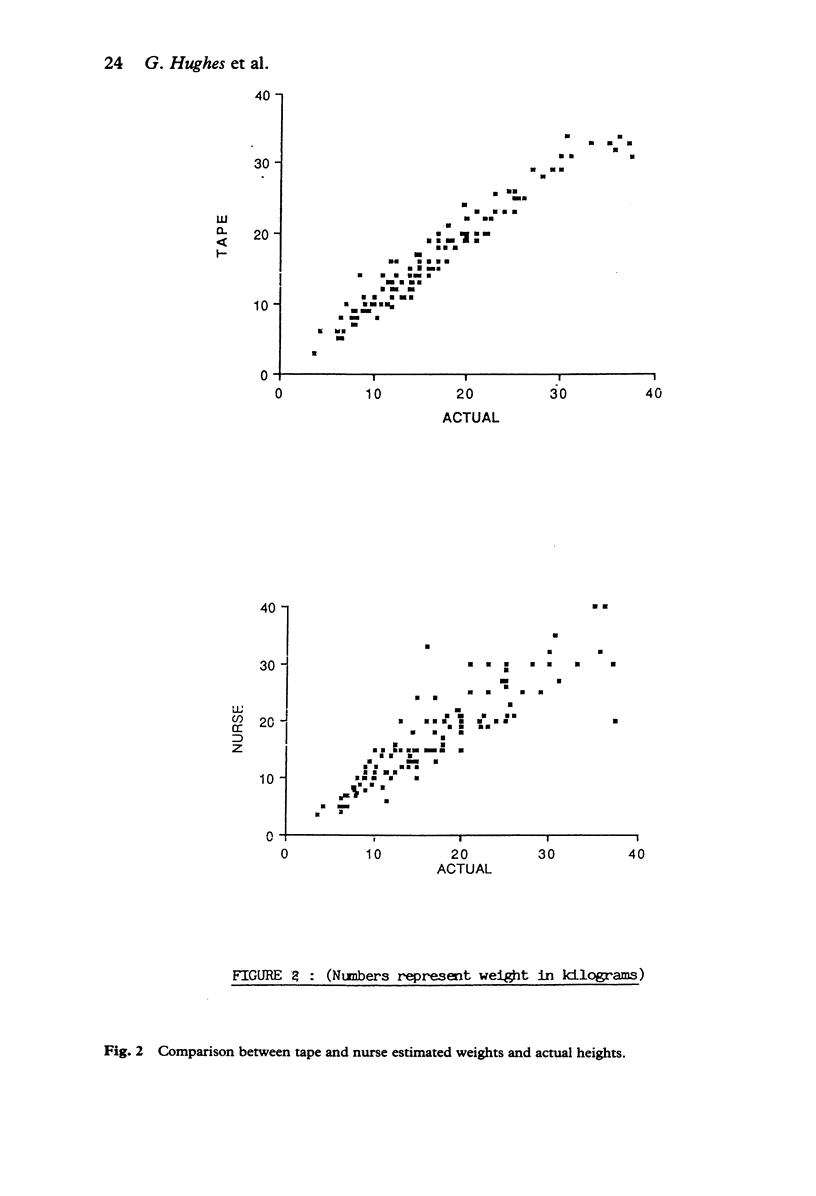
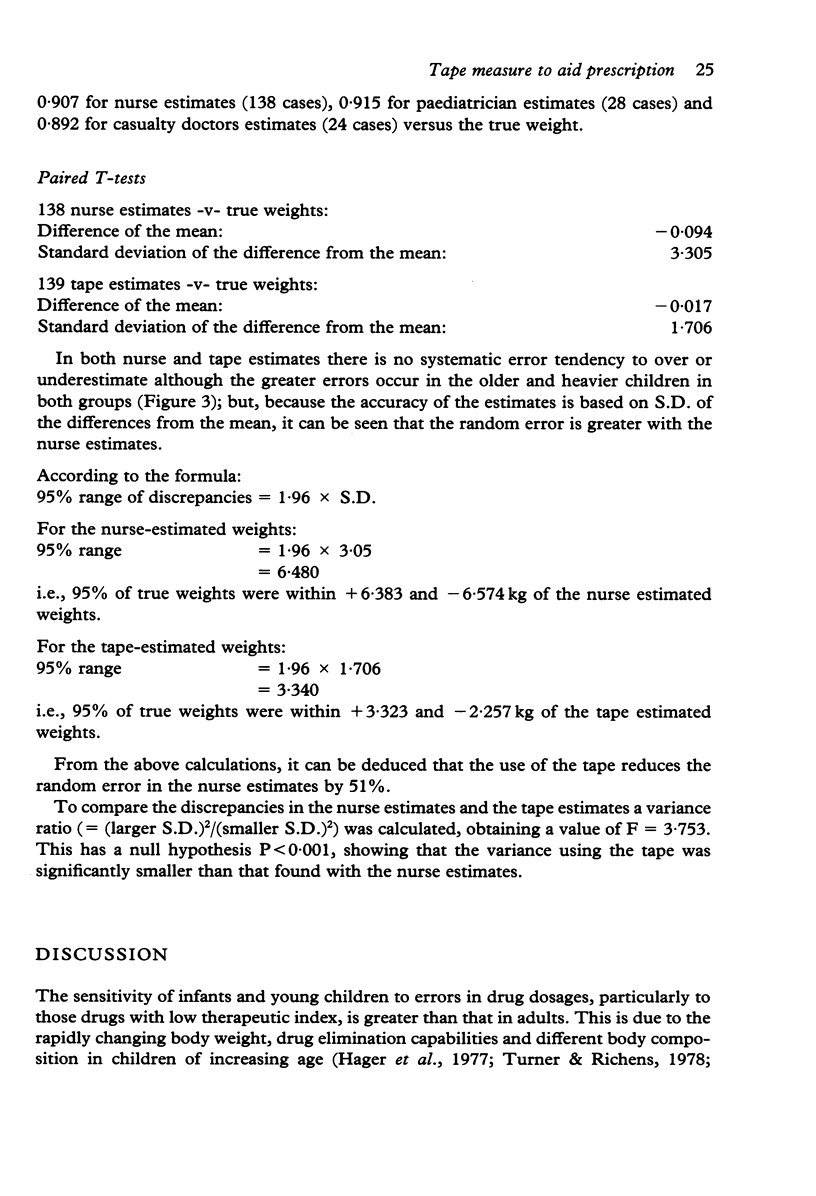
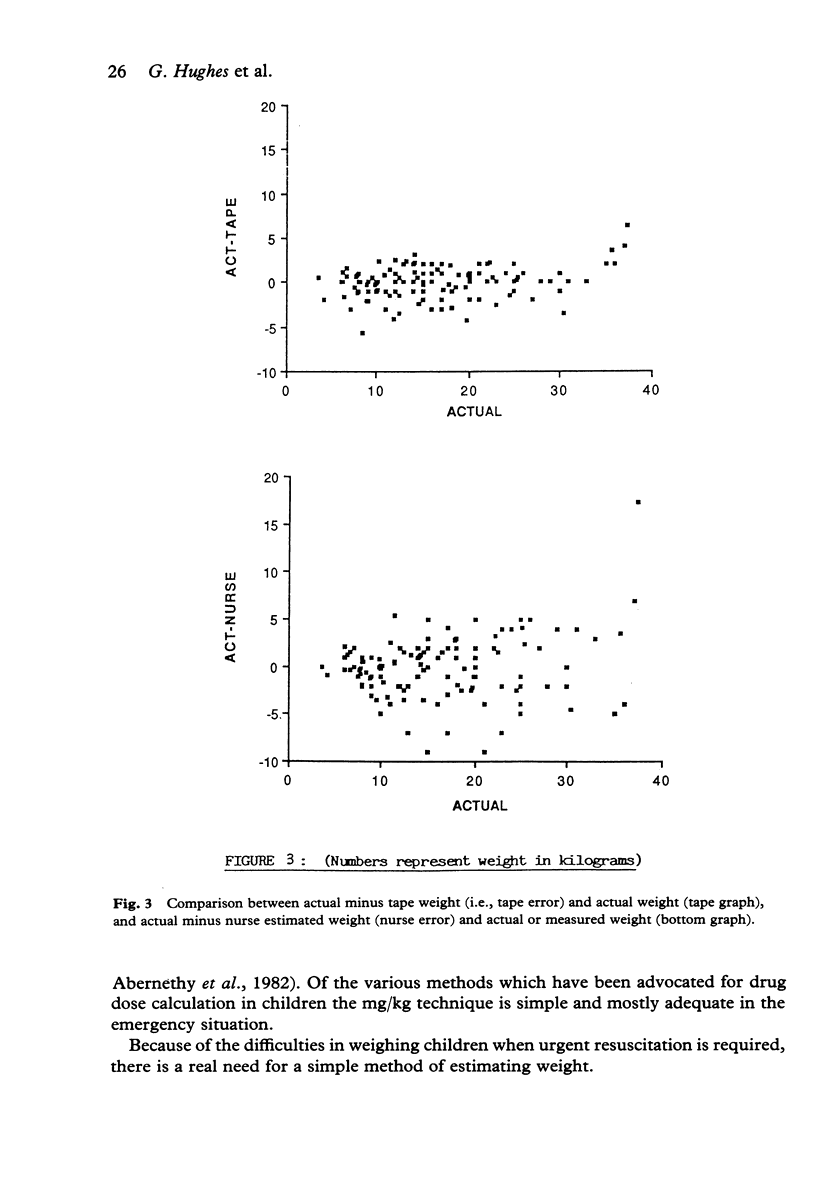
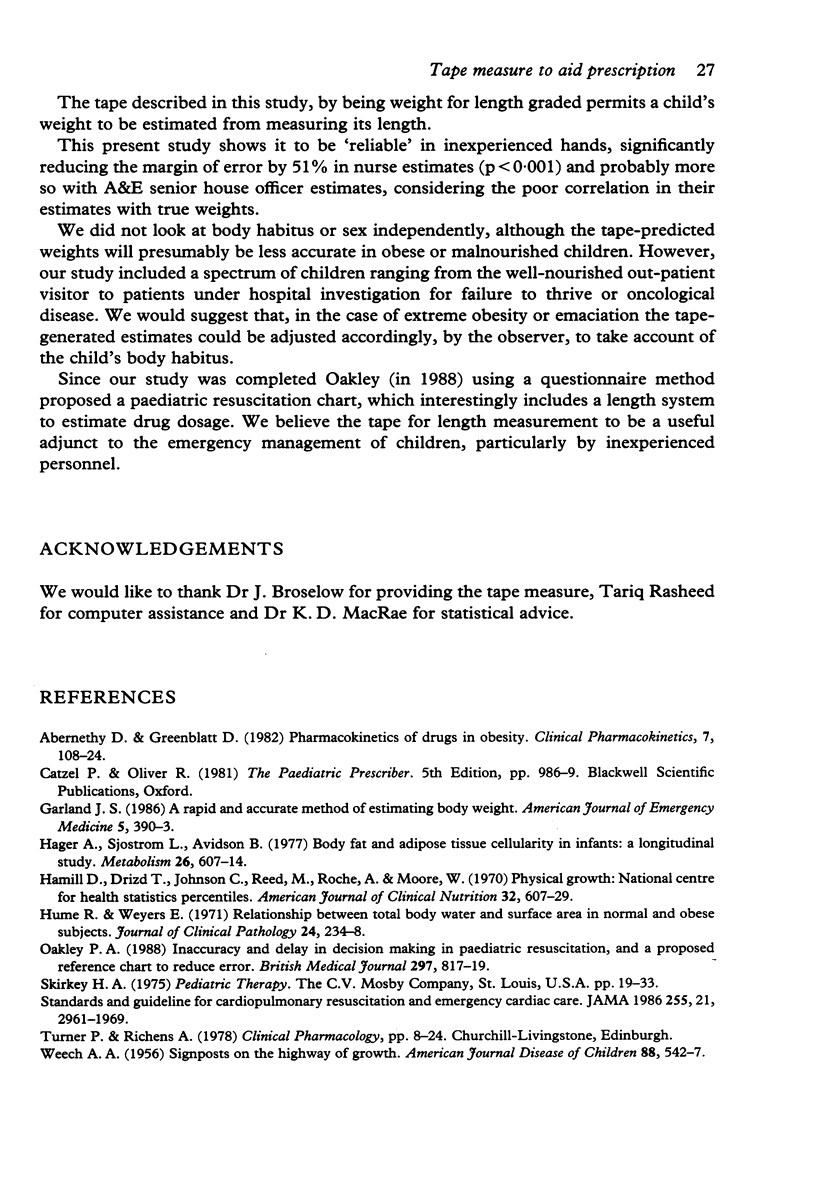
Images in this article
Selected References
These references are in PubMed. This may not be the complete list of references from this article.
- Hamill P. V., Drizd T. A., Johnson C. L., Reed R. B., Roche A. F., Moore W. M. Physical growth: National Center for Health Statistics percentiles. Am J Clin Nutr. 1979 Mar;32(3):607–629. doi: 10.1093/ajcn/32.3.607. [DOI] [PubMed] [Google Scholar]
- Hume R., Weyers E. Relationship between total body water and surface area in normal and obese subjects. J Clin Pathol. 1971 Apr;24(3):234–238. doi: 10.1136/jcp.24.3.234. [DOI] [PMC free article] [PubMed] [Google Scholar]
- Häger A., Sjöstrm L., Arvidsson B., Björntorp P., Smith U. Body fat and adipose tissue cellularity in infants: a longitudinal study. Metabolism. 1977 Jun;26(6):607–614. doi: 10.1016/0026-0495(77)90082-8. [DOI] [PubMed] [Google Scholar]
- Oakley P. A. Inaccuracy and delay in decision making in paediatric resuscitation, and a proposed reference chart to reduce error. BMJ. 1988 Oct 1;297(6652):817–819. doi: 10.1136/bmj.297.6652.817. [DOI] [PMC free article] [PubMed] [Google Scholar]



